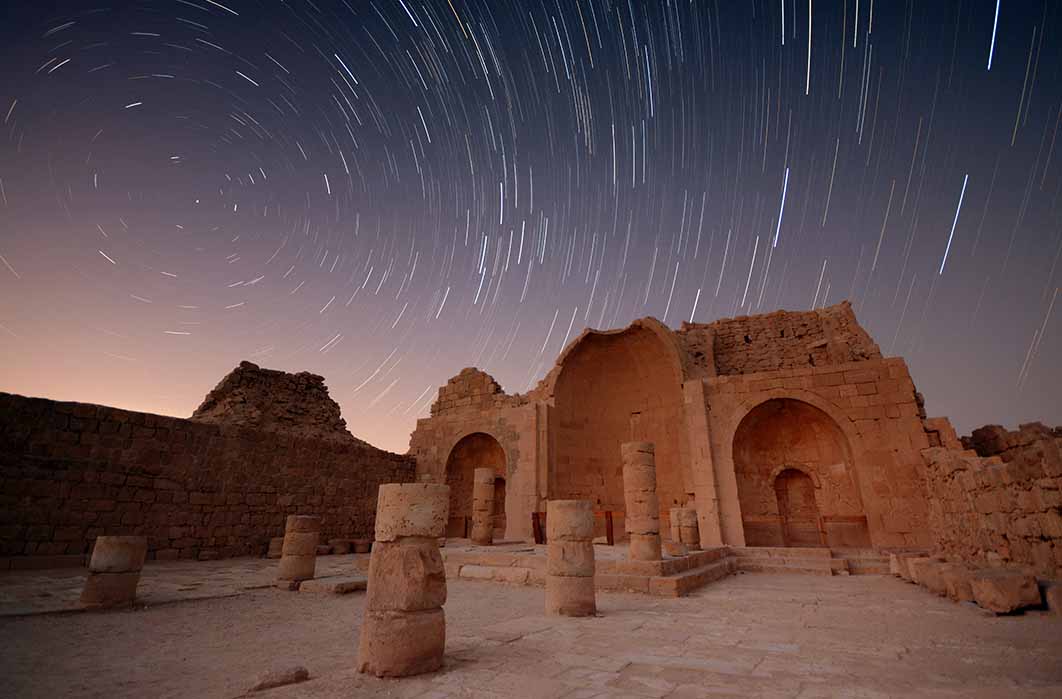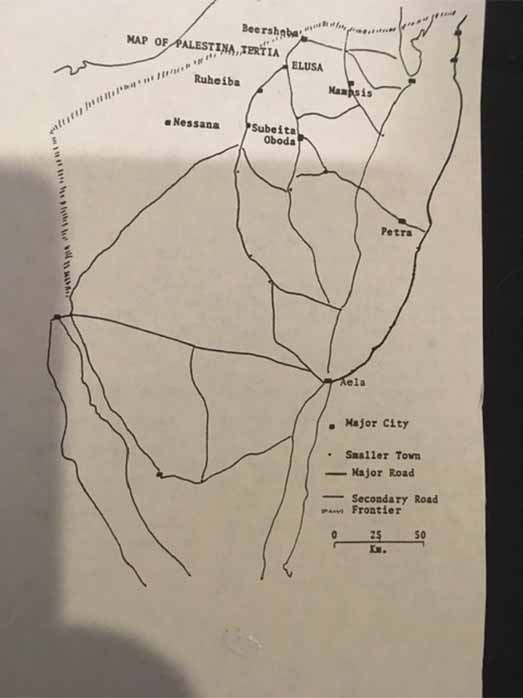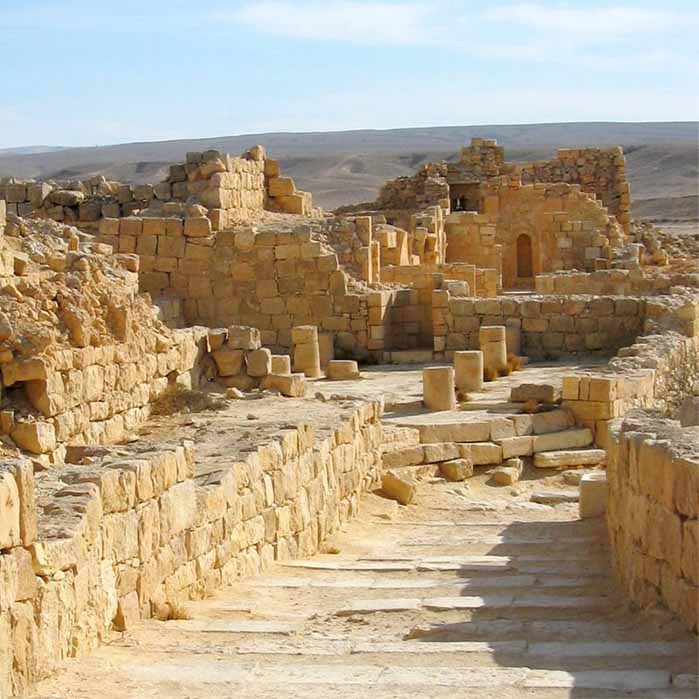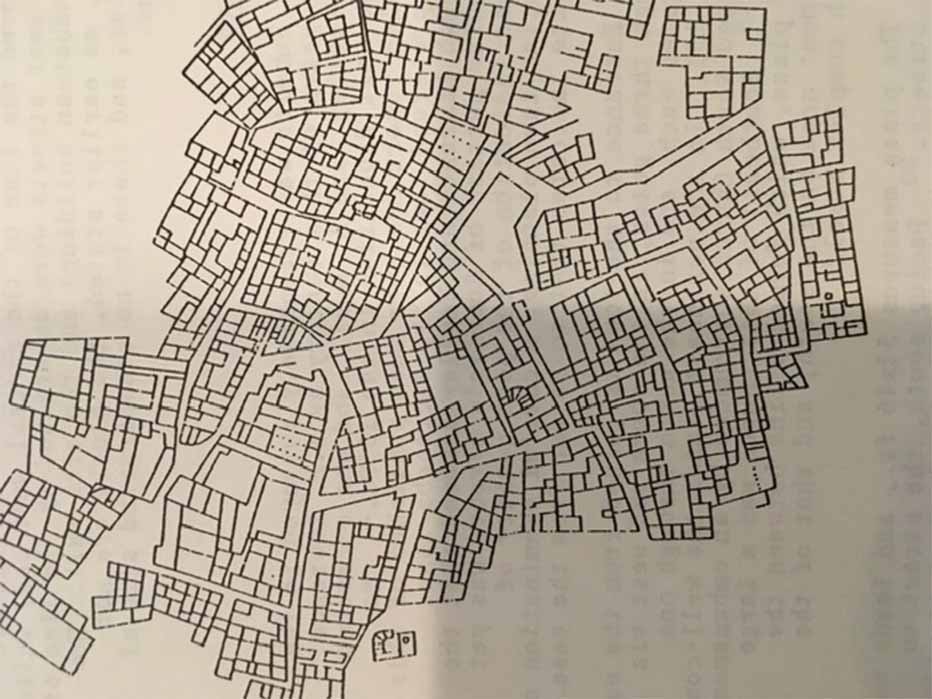
Excavating Subeita, Byzantine City In The Negev Desert
The Byzantine town of Subeita (Shivta) in the Negev Desert, was an integral part of the Byzantine province of Third Palestine. The Romans had first incorporated it into their Empire in 106 AD, and the Byzantine or Eastern Roman Empire divided all of Palestine into three parts when Christianity became the official religion in the fourth century AD. That is when the current Negev became part of Third Palestine.

Map of Third Palestine, showing pilgrim routes. (Image © Dr Ken Gutwein)
Dr Kenneth Gutwein spent a decade in the Middle East interpreting the remains of the long-lost civilizations of the Negev Desert in Israel. From the eras of the Nabateans to the Byzantines, he has tracked both trade routes and religion in the ancient world. Dr Gutwein was compelled to find evidence as to why Christian churches were constructed in the midst of an arid zone; how the residents of Subeita provided for water and irrigation, and most importantly, what was their source of income? “So…how would you like to get there?” Muhammad Musa, his fellow archaeologist asked several years ago, “by camel or by Jeep?” First as young graduate student, and later as a professor of history, Dr Gutwein always answered him, “by camel, of course!” This made the journey to the Nabatean and Byzantine city of Subeita most interesting. Camels, finicky creatures as they are, are best suited to travel the unmarked paths through the Negev Desert of Israel, to the remote and uncharted ancient city.

The ruins of Subeita (Ester Inbar/ CC0)
Entering the town’s confines, 20 miles (32 kilometers) southwest of Beersheba along the northern slope of the Wadi Zaythan, the outline of a planned grid pattern of streets, which served primarily as water conduits, and secondarily as conductors of urban traffic, became clear.

Grid pattern of the streets of Subeita (Image © Dr Ken Gutwein)
Excavating an unstratified dump on the southern slope of the town Dr Gutwein discovered deposits of fine grey Nabatean ware and Terra Sigillata (a trademark form of pottery), along with an inscription of Aretas IV (9 BC- 40 AD). The Nabateans were wealthy traders, who blazed routes along the desert from Petra, their capital in Jordan, through the numerous Negev towns to Sinai in Egypt. Yet, it was not until the fourth century AD that Subeita expanded to its present size, and its name is attested to in the Byzantine period.




